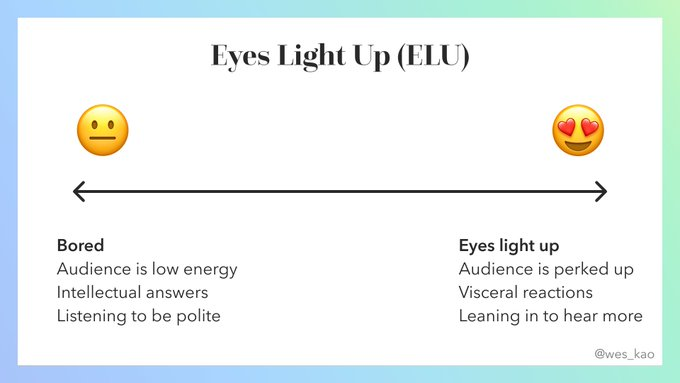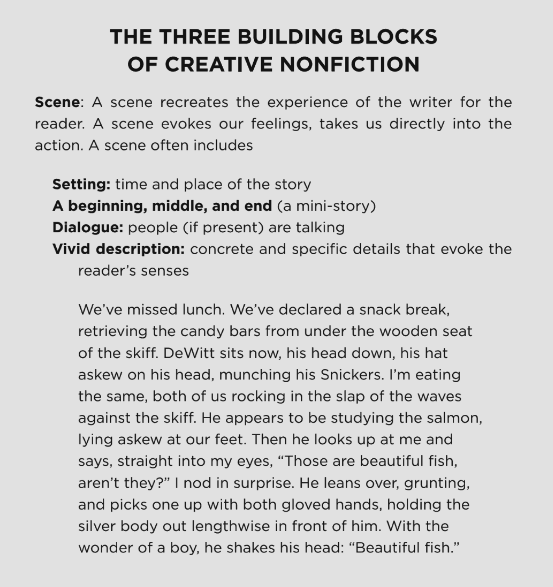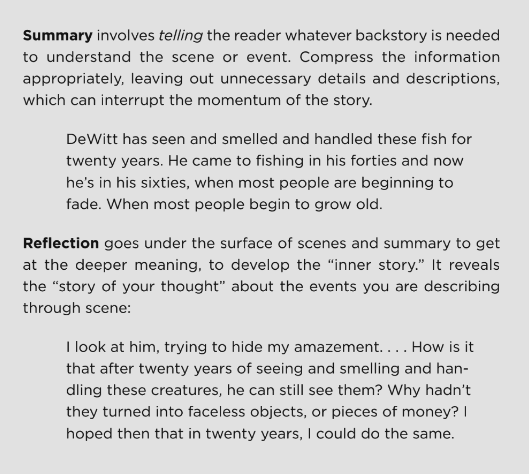Storytelling
Cấu trúc kể chuyện căn bản Situation, Complication, Question, Answer.
Cụ thể, dẫn dắt người đọc đến với bối cảnh của câu chuyện (thời gian, địa điểm), tiếp đến sự kiện diễn ra trong bối cảnh đó, điều này dẫn tới việc người nghe tự đặt ra câu hỏi, thông tin bạn cung cấp giúp trả lời câu hỏi của người nghe/đọc.
The hero’s journey
The hero’s journey is a common narrative archetype, or story template, that involves a hero who goes on an adventure, learns a lesson, wins a victory with that newfound knowledge, and then returns home transformed. The hero’s journey can be boiled down to three essential stages:
- Departure. In brief, the hero is living in the so-called “ordinary world” when he receives a call to adventure. Usually, the hero is unsure of following this call—known as the “refusal of the call”—but is then helped by a mentor figure, who gives him counsel and convinces him to follow the call.
- Initiation. In the initiation section, the hero enters the “special world,” where he must begin facing a series of tasks until he reaches the climax of the story—the main obstacle or enemy. Here, the hero must put into practice everything he has learned on his journey to overcome the obstacle. Campbell talks about the hero attaining some kind of prize for his troubles—this can be a physical token or “elixir”, or just good, old-fashioned wisdom. (Or both.)
- Return. Feeling like he is ready to go back to his world, the hero must now leave. Once back in the ordinary world, he undergoes a personal metamorphosis in the realization of how his adventure has changed him as a person.
Source: Masterclass
Tell better stories

Ogilvy said it best. ‘‘You can’t trust what people say. So don’t just listen to what they say. Watch for how they behave.””
Source: Wes_Kao
3 yếu tố cơ bản của tiểu thuyết sáng tạo
[[ Your Story Matters - Leslie Leyland Fields ]]
- Bối cảnh (Scene)
- Tóm tắt (Summary)
- Suy tưởng (Reflection)

